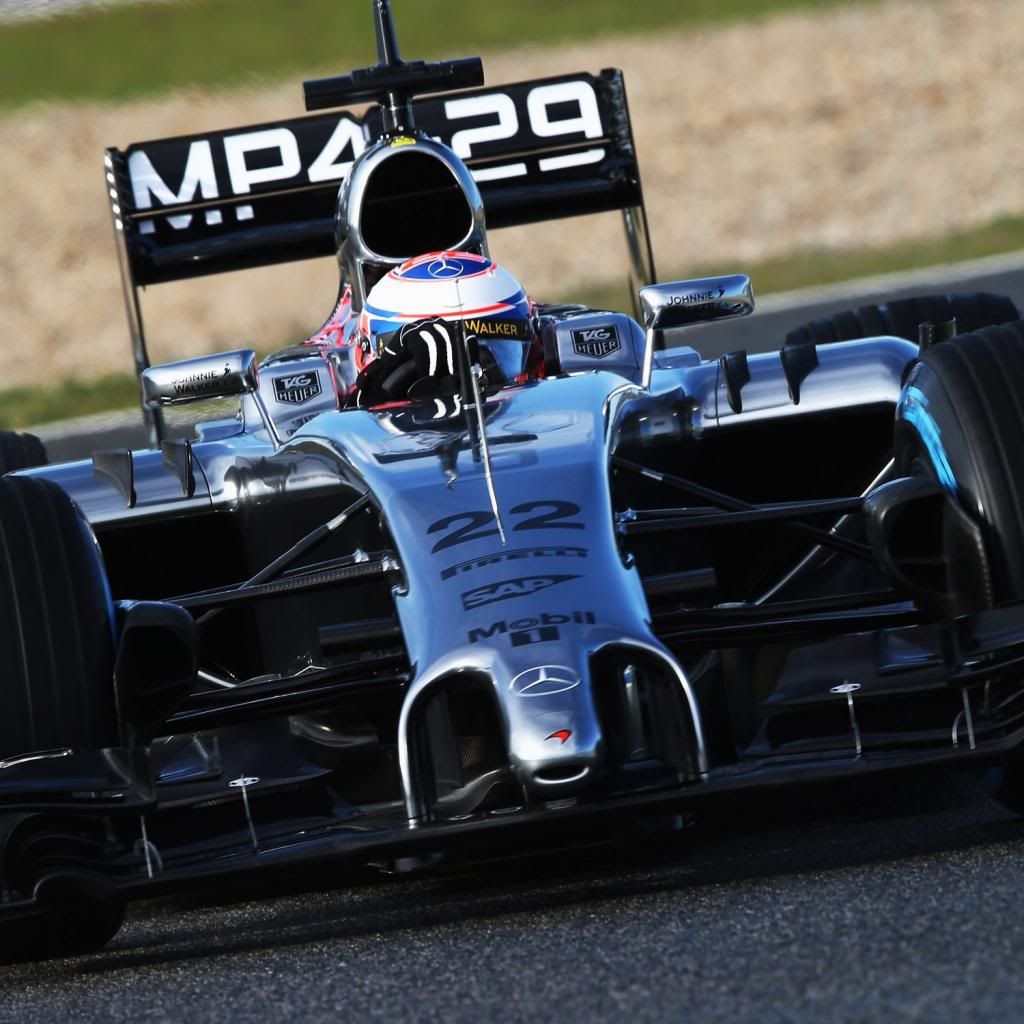- Login or Register
No account yet? Sign up

I would say more small trailing edge flap then gurney. As any other separation control device it works by creating low pressure area behind trailing edge of main surface (diffuser in this case), which helps with flow separation (you discharge into low pressure, so less pressure gradient and less chance for separation).hardingfv32 wrote:Would it be a Gurney that is not mounted flush to the wing surface so as to form a gap (slot) between the bottom of the Gurney strip and the top of the wing surface.
Anyone have explanation of the possible advantages?
Brian

page 122raymondu999 wrote:I think the angle is such that we can't really see the slots. We need a better angle

Wha you exaxtly mean with "longitudinal profile of the diffuser"? If you could show me on the picture!n smikle wrote: The longitudinal profile of the diffuser is still a question for me. I remember a user (forgot who it was) that was pondering if the profile is concave... I am looking real hard, it now looks like a linear profile with a kink.
any other interpretations?

Thx! Aha but that is normal for the diffusor...just there is a catch in the curved of them...so every team tested in the wind tunel that interactions of diferend "angle" and curvature of the diffuozor!raymondu999 wrote:Longitudinal means from the front to the back of the car. Basically I think smikle is saying that towards the back of the car, the floor is still flat, before it kind of suddenly angles upwards



Please i cant find that thread! Please paste the LINK? Please!n smikle wrote:There is a thread on the EBD in the Aero section. All details explained there.